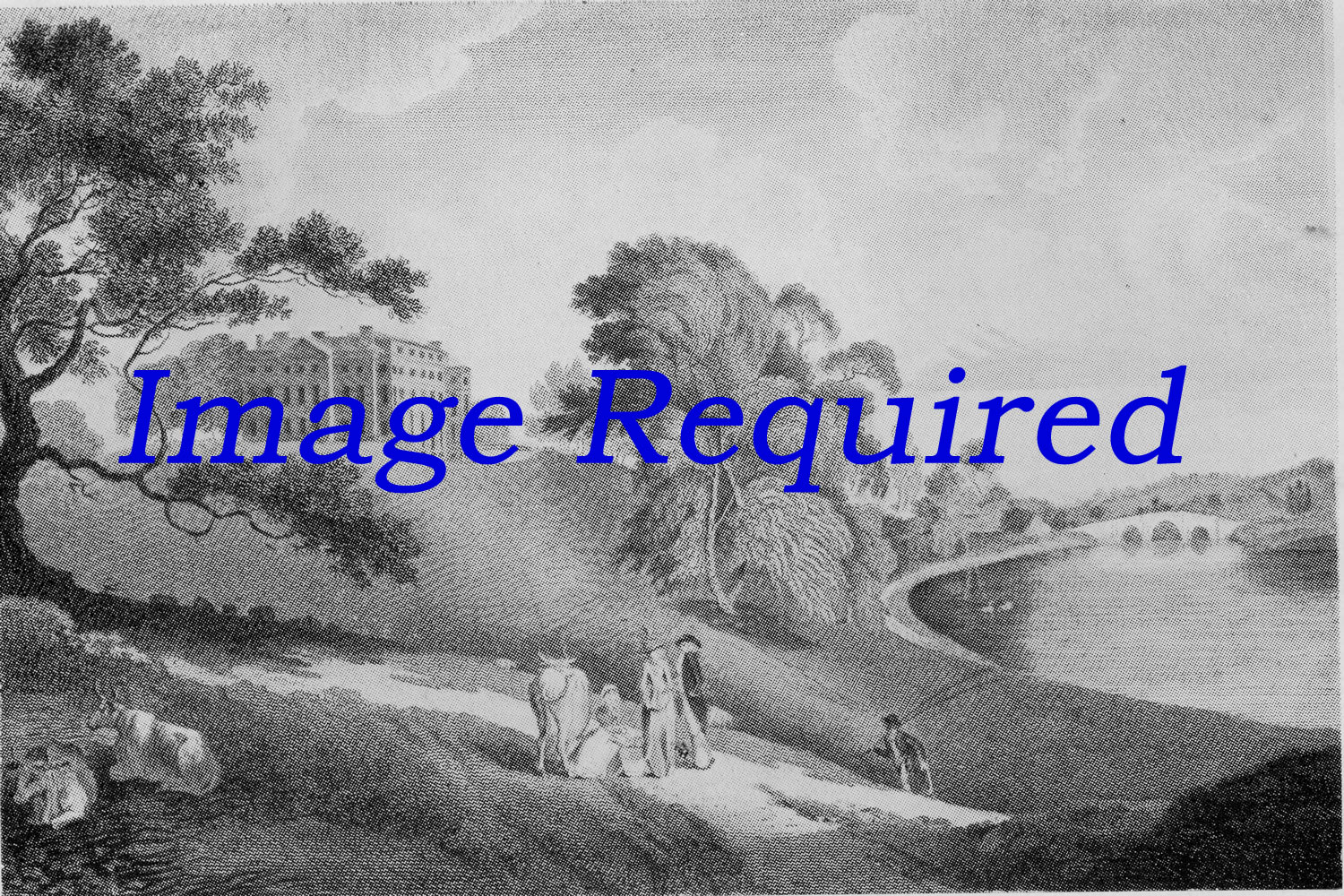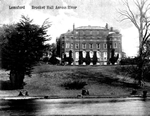Arthur Ronald Nall- Cain (1904 – 1967)


Arthur Ronald Nall- Cain
Born into a millionaire brewing family, Nall-Cain was educated at Eton College and Oxford University, where he captained the golf team. He became a barrister and a Hertfordshire County Councillor. He was elected as Conservative Member of Parliament (MP) for Liverpool Wavertree at a by-election in 1931, and was a close associate of Neville Chamberlain.
Arthur Ronald – Second Lord Brocketo Inherited the family fortunes and titles
o Entertained German supporters
o Close friend of Ribbentrop
o Foreign Office used him to convey British concerns to Germany
o Urged a settlement with Germany and arranged contact between
Foreign Office and Goering but German demands were unacceptable
(give control of Poland and Czechoslovakia
During WW2 turned the house over to the war office and it was used as a maternity hospital. Over 8000 babies were born ( Exact figure shows 8338). These babies are now called the Brocket Babies and have a website dedicated to them. This was due to the bombing in London.
Arthur Ronald Nall- Cain had 3 children, Ronald, David and Elizabeth. Ronald His Heir Ronald died at 32
Arthur Ronald Nall Nall-Cain, 2nd Baron Brocket (4 August 1904 – 24 March 1967) was a Conservative Party politician in the United Kingdom.
Born into a millionaire brewing family, Nall-Cain was educated at Eton College and Oxford University, where he captained the golf team. He became a barrister and a Hertfordshire County Councillor. He was elected as Conservative Member of Parliament (MP) for Liverpool Wavertree at a by-election in 1931, and was a close associate of Neville Chamberlain. The title of Baron Brocket had been created for his father Charles Nall-Cain, a baronet and Justice of the Peace in 1933. Arthur Nall-Cain succeeded a year later and was elevated to the House of Lords.
Brocket inherited two grand houses: Brocket Hall in Hertfordshire and Bramshill Park, in Hampshire. In the 1930s, he bought the Knoydart estate and became an infamous[2] absentee landlord, opposing the rights of crofters and dismissing and evicting workers, preferring the estate for shooting and fishing. He eventually owned 13,000 acres (53 km²) in England and 62,000 in Scotland. His homes were used for entertaining supporters of Germany and Brocket became a committed member of the Anglo-German Fellowship, and known in society as a Nazi sympathiser.
So identified was Brocket with the cause of Germany that he attended Hitler's 50th birthday celebration[4] and was a close friend of Joachim von Ribbentrop. According to Neville Chamberlain, Foreign Secretary the Earl of Halifax used him as a conduit to convey to the leading Nazis the views of the British government.
After the outbreak of World War II, Brocket continued to work for an understanding between Britain and Germany. He urged a negotiated peace settlement and tried to arrange talks with Hitler. He had a contact with Hermann Göring through a Swedish intermediary called Bengt Berg. Brocket worked closely with the historian Arthur Bryant, who shared his views and helped bring the negotiations to the attention of the Foreign Office. However, he was informed that the proposal to grant Germany control over Poland and Czechoslovakia was not acceptable to the British government.
After the war, in 1948, some returning soldiers (the so-called Seven Men of Knoydart) who had fought the Nazis decided to seize a portion of Knoydart - but the land raid failed.[5] Brocket sold the Knoydart estate shortly afterwards. In 1949, he bought the Carton House estate in Ireland.
Brocket was married to Angela Pennyman in 1927. Their daughter, Elizabeth, married Thomas Taylour, 6th Marquess of Headfort. Their son, Ronald, pre-deceased him in 1961, so the titles passed to his grandson, Charles.
Image from LLHG
Extra information from en.wikipedia.org
Contact Us Today info@lemsfordhistory.co.uk. Images and articles welcomed
New Brocket Hall
The estate was sold to Sir Matthew Lamb in 1746 by Thomas Wiinnington . This era was an eventful time Sir Matthew engaged one of the leading architects of the day Sir James Paine and asked him to build a new Brocket hall and Paine did just that. Sir Matthew died around 1765.
James Paine (1717–1789) was an English architect.Essentially a Palladian, early in his career he was Clerk of Works at Nostell Priory, and worked on many other projects in the area including Heath House in the village of Heath in between Nostell Priory and Wakefield.From the 1750s, he had his own practice, and designed many villas, usually consisting of a central building, often with a fine staircase, and two symmetrical wings.
Wikipedia
Early Days
LAround this area had several manors,Symonshyde, Benstead, Heron, and Chewells around the time of Henry III (1207 to 1272 ) these mannors merge and become ‘Watershyppes’Early evidence suggests the house dates back to 1239 and was owned by Simon Fitz Ade. They were also known as FitzSymon.


The Families of Brocket Hall
Early evidence suggests the house dates back to 1239 and was owned by Simon Fitz Ade. They were also known as FitzSymon.
Thomas Lord Fauconberg born 1341 and married to Joan Nevile born 1363 – daughter Joan De Fauconberg Born 1367 :
The most famous of the Brocket family was Sir John Brocket, who married Helen, daughter of Sir Rowland Lytton of Knebworth in 1558 . Sir John Brocket and was high sheriff of Hertfordshire in 1553. Sir John was a close ally of Elizabeth 1st,. Elizabeth was under house arrest at nearby Hatfield house.
The estate was sold to Sir Matthew Lamb in 1746 by Thomas Wiinnington . This era was an eventful time Sir Matthew engaged one of the leading architects of the day Sir James Paine and asked him to build a new Brocket hall and Paine did just that. Sir Matthew died around 1765.
Stephens retired to England. He was created a Baronet, of Montreal in the Province of Quebec in the Dominion of Canada, in 1886, and raised to the peerage as Baron Mount Stephen, of Mount Stephen in the Province of British Columbia and Dominion of Canada
On the death of Lord Mount Stephen in 1921 the house was put up for sale and bought in 1923 by Sir Charles Nall –Cain of the Node Codicote. Sir Charles took the title ‘Lord Brocket ‘ in 1933 and on his death in the following year the estate passed onto his only son Arthur Ronald Nall- Cain (1904 – 1966) Lord Brocket.